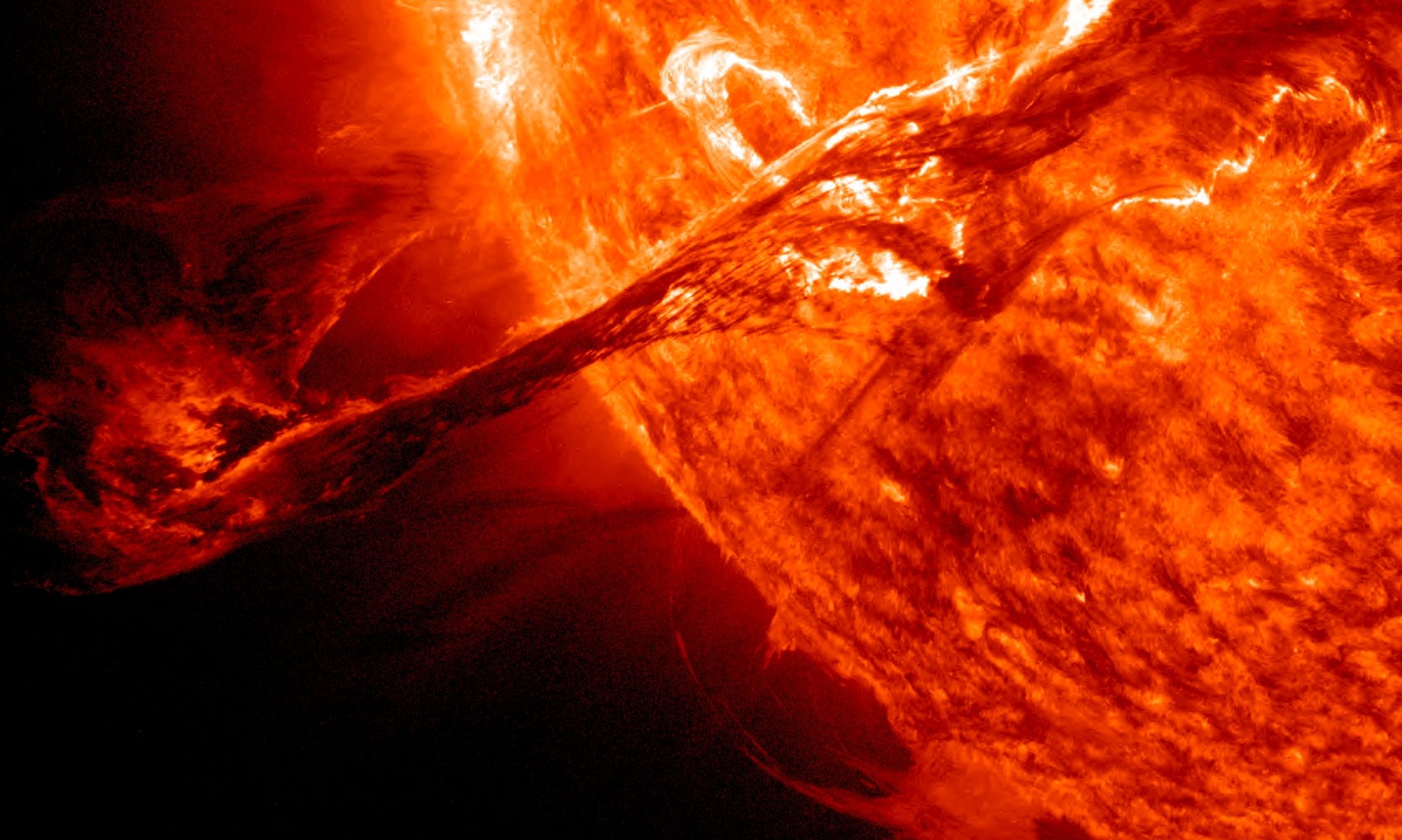Prof. V Zharkova’s talks
- EGU25-20202 at the ST4.1 session Open Session on Space Weather and Space Climate, on the 2nd May 2025
Modern Grand Solar Minimum and its effect on the terrestrial environment read it here
2. EGU25-20306 at the ST1.1 session Open Session on the Sun and Heliosphere on the 29 April 2025
Additional acceleration of solar wind particles in the heliosphere and diagnostics from space observations read it
